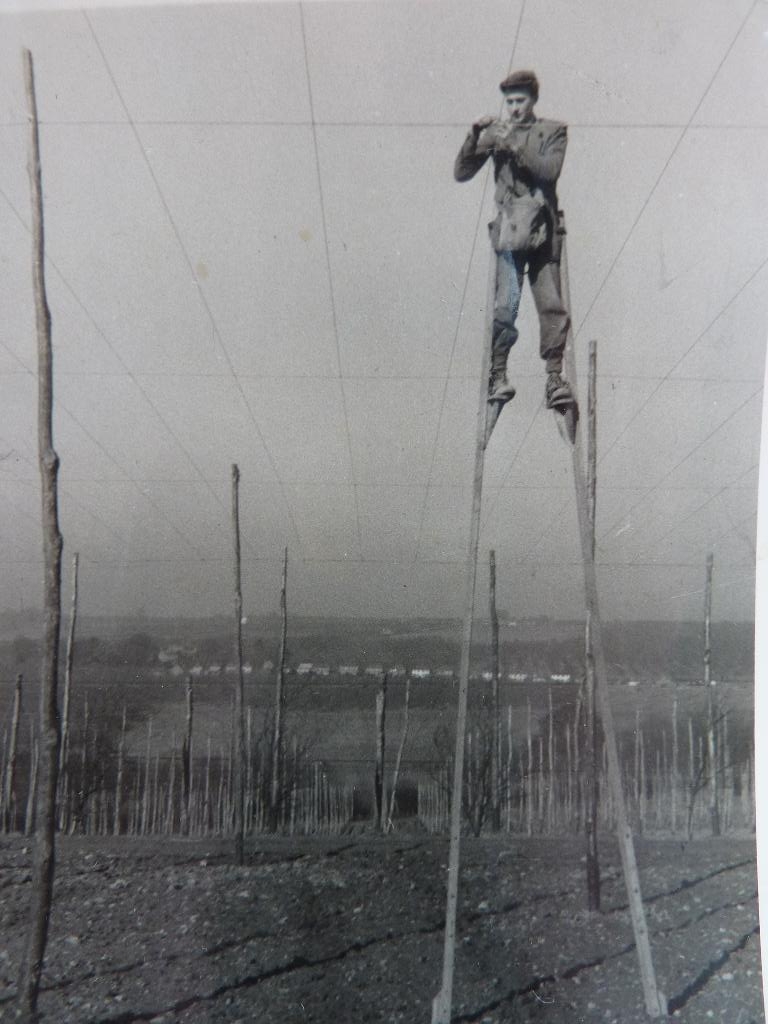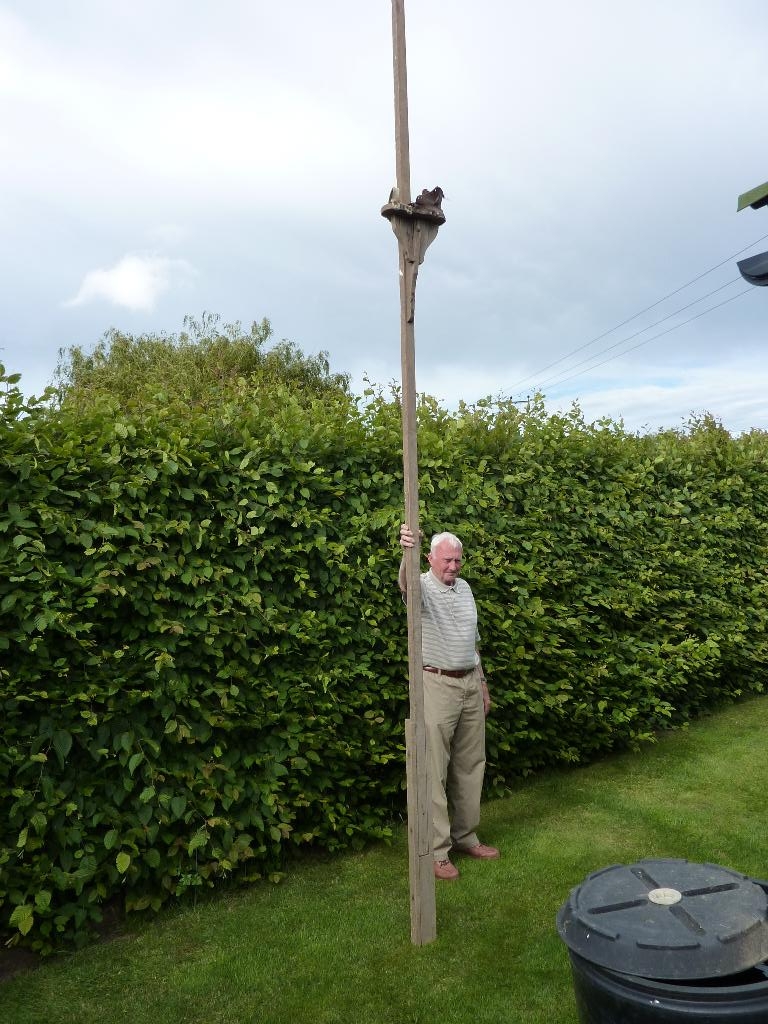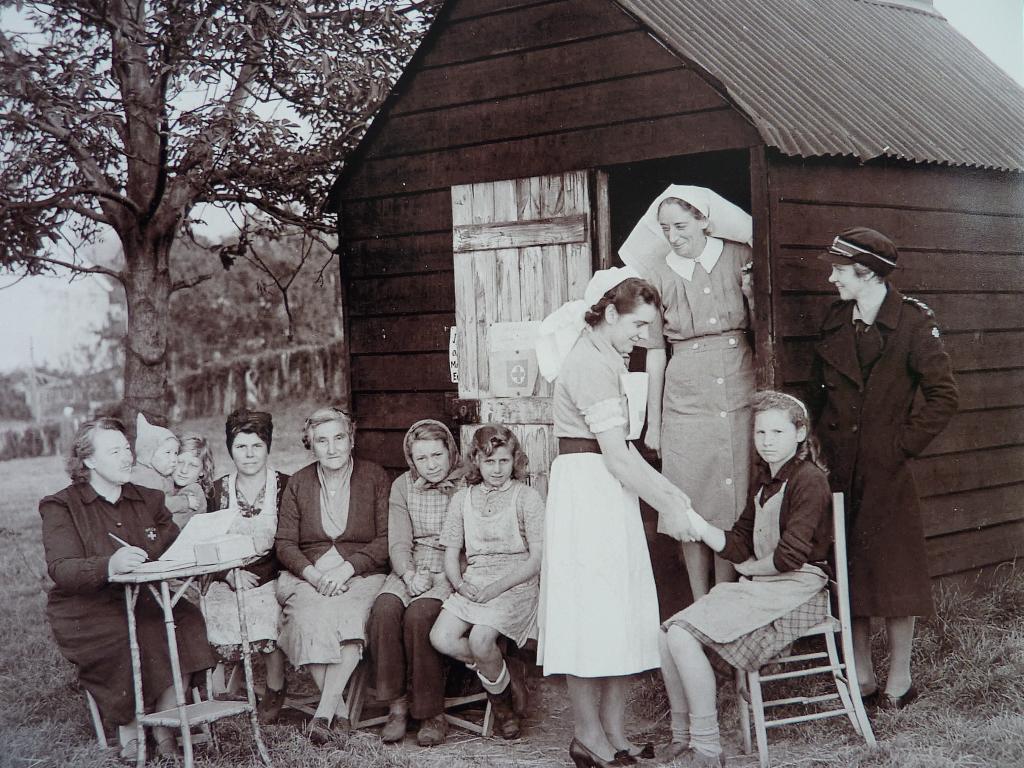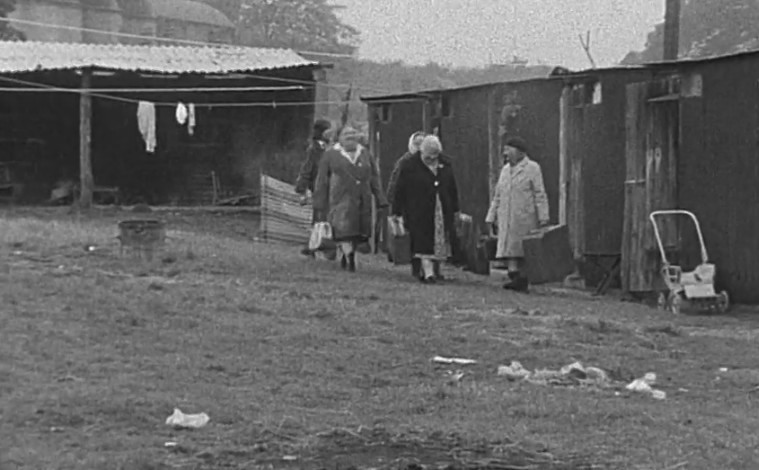Helen Swan, 2023
It is thought that hops were originally brought over by the Romans.
In the Middle Ages, ale was made from fermenting barley. This was done domestically, for the family and farm workers. It was drunk throughout the day. It was not intoxicating as it was very weak, approx. 2%. It was high in calories and great for hydration. It was sometimes flavoured with herbs. It was discovered that adding hops, which were growing like weeds in the hedgerow (As they do today), kept the beer fresh for longer.

It was in the 1500’s, that hops started to be grown in Kent as a crop. The soil and the climate were ideal for hop growing. The Alehouses brewed their own beer. They would have bought local barley and hops.
It was not until the 18C that bigger commercial breweries started to appear. Shepherd Neame Brewery is a well-known Kent brewery in Faversham, established in 1698. Maidstone was also a centre for brewing. There were several breweries along the Medway in and around Maidstone. In the 1950s and 60s Maidstone town Centre would smell of brewing. (It also used to smell of mints and toffees, but that is another story).
The Phoenix Brewery at Wateringbury was owned and run by the Leaney family, who are buried in West Farleigh church yard. Did it burn down and was rebuilt? It was later taken over by Whitbreads. It closed in 1986.
The growth of commercial breweries went hand in hand with the growth of hop growing in Kent and particularly along the River Medway. There were hop gardens along both sides of the river from East Farleigh to Yalding. There were Chestnut coppices which could be cut for the poles. Suitable conditions and best of all, the local farmers were successful and could afford the infrastructure needed to grow hops!
The hops were originally grown-up chestnut poles, which were pulled out of the ground in order to harvest the hops. The poles were treated with tar to preserve the part of the pole that went into the ground. At the top of the drive to Tutsham on Hunt Street, there is a tar boiler complete with brick-built chimney.

Using poles was very labour intensive and they moved on to wiring between the poles and stringing from the plant to the wires. The wires were put up by men on stilts.
Jack Martin was a stilt man for one season (below left), when he returned home from National Service and before his father bought Castle Farm. He worked for the Days on Tutsham. Many years later when Tutsham was being sold up, Jack found and bought the stilts he had used many years before, at a farm sale. He still has them (below right).


Hops are perennial plants, once planted and cared for they would go on growing each year. Early on in the year new coir strings were put up, by men using a long pole, called a monkey pole, the strings going from a metal loop in the ground to a hook on the wiring. There are still a few of these loops to found, in the fields where hops were grown.
As the plants started to grow in the spring, they needed to be encouraged to climb the strings. Farm workers would go along the rows starting them climbing the strings. They were called “twiddlers”. Hops are susceptible to aphids and mildew and needed to be sprayed. They would be inspected regularly for evidence of disease or pests. The hops would grow to the top of the poles and produce flowers (the hops).
In September the hops needed to be harvested. To start with, peripatetic farm workers, Irish navvies and gypsies, would go around the farms and do what work was needed. Pick potatoes, fruit and then the hops. As the number of hop gardens grew more labour was needed over the picking period. It was then that whole families would come down from the East end of London to pick. Special trains were run at night, so as not to disrupt the daytime timetabled trains. Tickets were cheap, bur families still tried to avoid paying for them. Children were smuggled on the train rolled up in rugs. Children would rush past the ticket collector, yelling that their parents had their tickets!
The pickers had all been recruited and allocated a farm before leaving London. Many of them going back to the same farm, year after year. The farmer would send a wagon or two to the station to carry them back to the farm with their not inconsiderable luggage. Once on the farm they would be allotted a space in a barn or more latterly a purpose-built hoppers hut. There was no sanitation, one “went” behind the hedge. There were often outbreaks of dysentery and typhoid.

This hoppers hut is made from Corrugated iron. The huts had no cooking facilities, they had a fire outside for several huts. The pickers had to bring cooking pots, china, cutlery with them. Fortunately, the weather in early September is usually mild and dry. They also had to bring blankets etc. The farmer would supply a pallet with straw on top as a raised mattress.

Latterly brick built huts with hearths were built (There are still some at the Yalding end of Shingle Barn Lane). Still basic, but to those hardy souls it was a camping holiday. They came back year after year.
The clean air, healthy food and exercise set them up for winter. Nurses would go around the camps and hold clinics, treating the sick, and giving advice to others. The local Vicar would also visit and hold services for them. In the records of West Farleigh church, 30 children were baptised on one Sunday. New friendships and relationships were formed. I suspect many babies were conceived at hopping time!

When the hops were ripe, the whole bine including the string was cut down. The bines were allotted to groups of pickers, often families, who sat among the hops and picked off the hops into a canvas bin. Even very small children were expected to help. The tally man would go around the gardens and make a note of how much each team/family had picked. They would be paid according to how much they had picked. They worked 6 days a week and had Sunday off. Friends and family would come down on the train to visit. They would visit the local pubs and take home some scrumped apples!
The pickers were known to be rowdy and not totally trustworthy and some local pubs would have notices on the door, NO PICKERS. 40 years ago, The Good Intent had such a notice. Shopkeepers boarded up their shops and traded through a window to prevent shoplifting.
The use of East End pickers lasted until a mechanised hop picking machine was introduced. The picked hops would be taken to the oasts to be dried. A fire would be lit in the base of the oast and the hops would be spread on the floor above to dry. This was a skilled job. The hops needed to be dry, but not scorched. There would be someone in the oast day and night, to make sure no hops were spoilt. When dry they were pressed into hessian sacks (pockets) for storage. These sacks would have a stencilled design on them saying where they were grown and by whom. The sacks of hops were sold to the local breweries. Latterly they went to the Hop Marketing Board at Paddock Wood.
Whitbread bought up some of the hop farms along the south side of the river. Terry Ayears was manager of several farms locally. Whitbread’s sold out to an American company, which eventually decided to no longer grow hops in Kent. The end of an era. The Great storm of 1987 hastened the demise as the hope poles and wires went down like dominos.
Hops can still be found in the hedgerows around the villages in the Autumn. There is a plant at the base of the Inn sign, outside the Good Intent. The smell of the hops is very relaxing and hop pillows are made to help with insomnia. No wonder the hop pickers slept well.

Click here to watch a short clip of hop pickers arriving at Tutsham, originally broadcast by the BBC on 19th September 1972.
"The generation of today will never come like we have."
Nationwide meets some traditional hop-pickers returning to Kent.